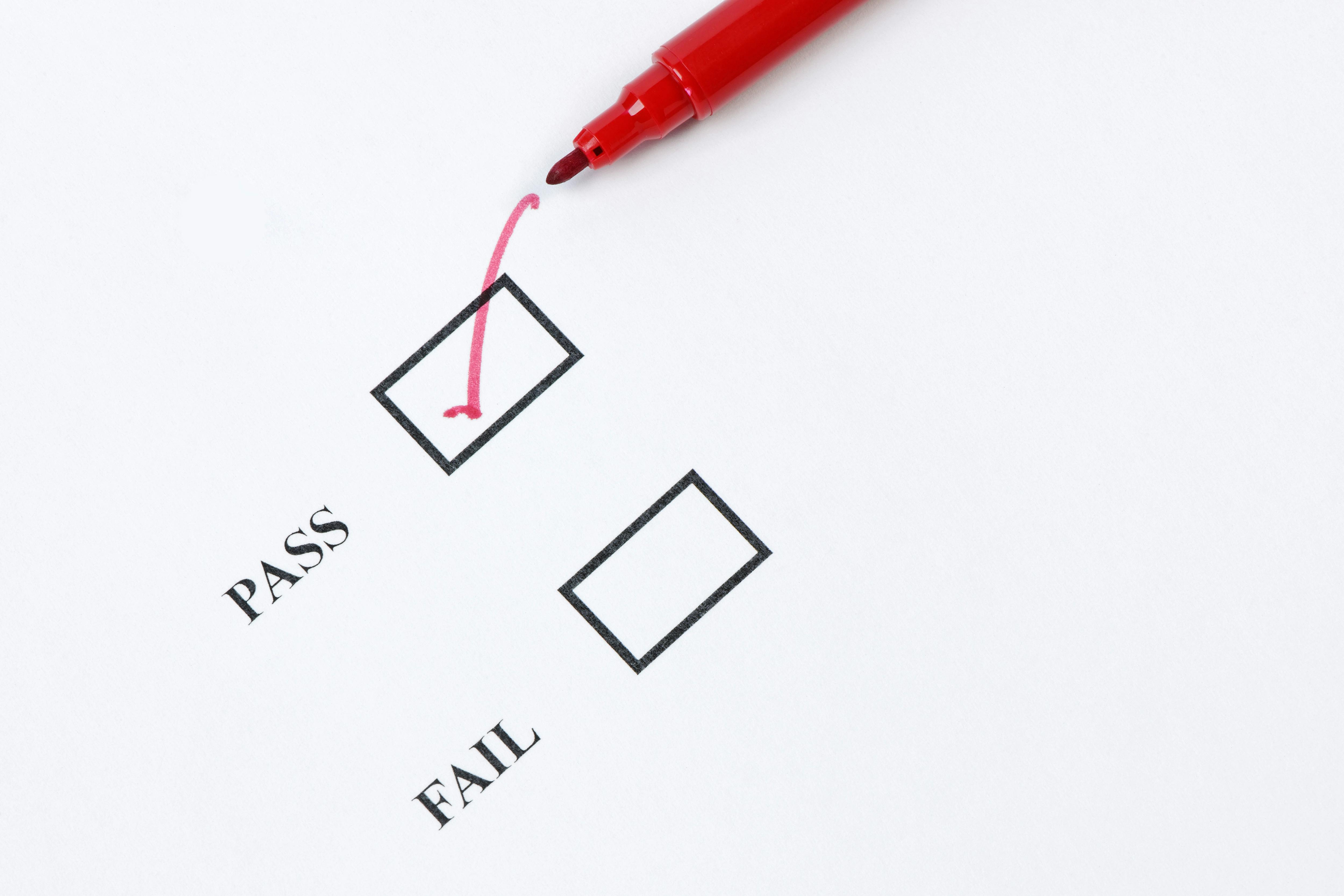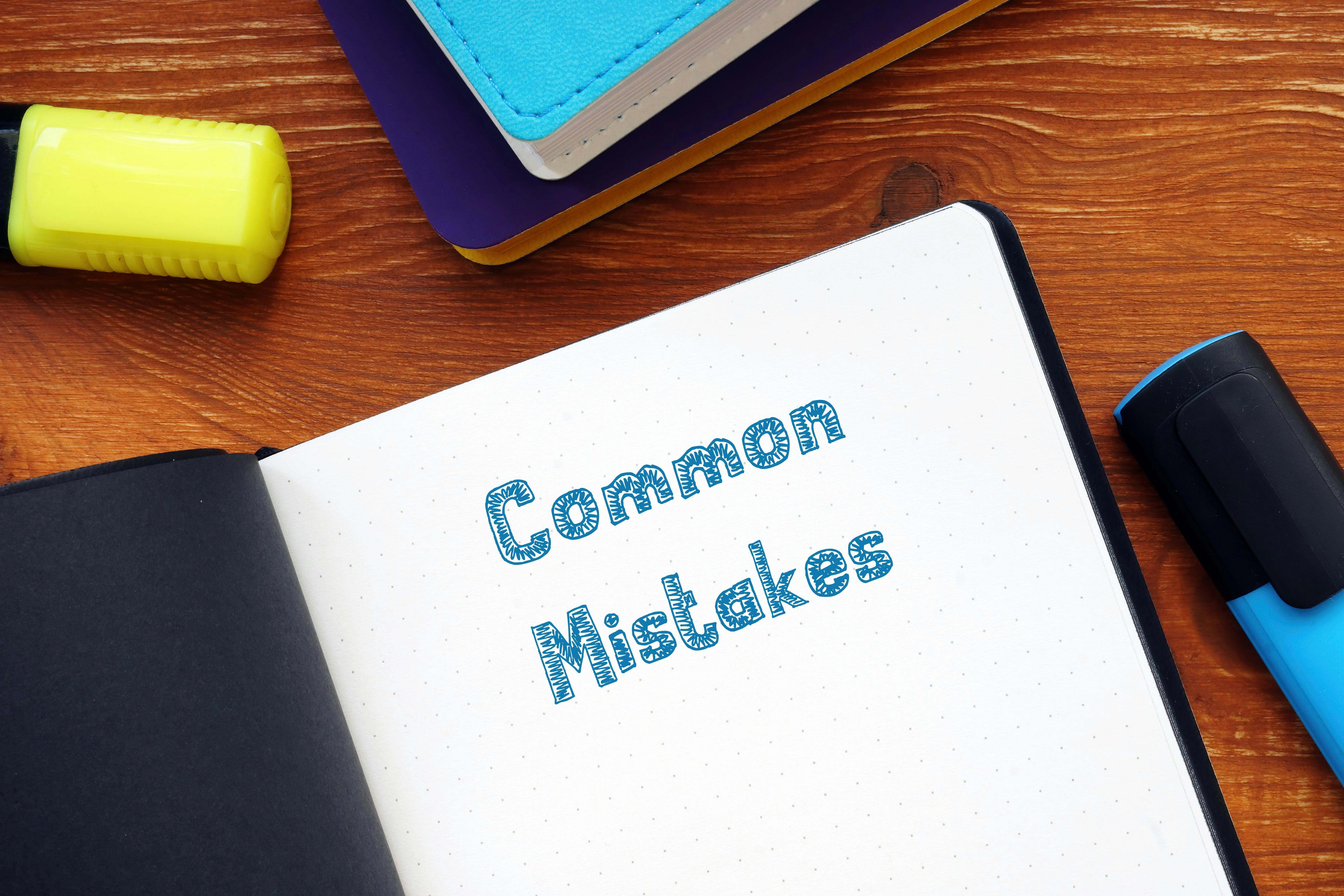How to Pass the PE Exam on Your First Try: Proven Strategies for Engineers

Passing the Professional Engineering (PE) license exam is a major milestone in every engineer’s career. It is not just about earning a credential—it is about proving your readiness to take responsibility for engineering decisions that impact public safety, infrastructure, and innovation. That is why preparing effectively the first-time matters.
Based on proven strategies and success stories, here is how you can set yourself up to pass the PE exam on your first try.
- Understand the Format and Scope of Your Discipline
Before you dive into studying, it’s important to fully understand the structure and scope of the exam. For Civil Engineering—the most widely taken PE discipline—this includes a range of depth areas such as Structural, Geotechnical, Construction, Water Resources and Environmental (WRE), Transportation, and for California candidates, Seismic Principles and Engineering Surveying.
Each of these areas has its own terminology, focus, and problem-solving approach, so tailoring your study plan to your specific discipline is essential.
Start by downloading the latest exam specifications and reference materials from the NCEES or BPELSG (California Board for Professional Engineers) websites. Review these documents thoroughly—they outline the official exam scope and are crucial to building an effective study strategy.
You should also purchase the official practice exams. While they are generally easier than the actual PE exam, they are incredibly useful for setting expectations and guiding your preparation. Think of them as a baseline—they help you get on the right track and identify the depth and style of questions to expect.
- Choose the Right Study Material
Not all PE prep materials are created equal. Many engineers mistakenly rely on reference books that provide theory alone—without offering realistic examples or practice problems. This can leave you unprepared for the actual exam format, which is highly application-focused.
- Focus on Understanding, Not Memorizing
The PE exam isn't about regurgitating facts—it's about solving problems. The best way to prepare is to understand the logic behind each type of question. This method forces you to engage with the material actively, so you’re not just reading—you’re learning how to think like a PE.
- Start Early and Build a Schedule
The PE exam requires consistent effort. Ideally, you should give yourself 3 to 6 months of preparation time, depending on your familiarity with the topics. Build a study plan that: covers all relevant subjects, allocates time for reviewing weak areas, leaves room for full-length practice exams.
Many engineers find success by studying 8–10 hours per week, gradually increasing intensity as the exam approaches.
- Use Resources Designed for Success
One of the most important decisions you'll make in your PE exam journey is choosing the right study materials. Whether you prefer learning through books or interactive webinars, using reliable, proven resources can make the difference between passing on your first try or having to retake the exam.
If you’re someone who learns best from books, don’t just buy the first title you come across. Take the time to read reviews, ask for recommendations, and look for feedback from engineers who have already taken the exam. Focus on materials that:
- Cover the topics outlined in the official NCEES or BPELSG exam specifications
- Include realistic, application-focused problems
- Offer clear explanations with figures, sketches, and practical context
For example, at Petro Publications, we structure our books around explaining theory through questions, not just presenting abstract information. Our content is developed to mirror real exam scenarios and is backed by feedback from engineers who have successfully passed the Professional Engineering (PE) license exam.
If you’re more of a visual or interactive learner, consider webinars or online courses. But again—do your research. Look for platforms with a strong reputation, recent content, and instructors who are licensed engineers with teaching experience. Check reviews on forums or LinkedIn groups, and make sure the content is aligned with the most current version of the exam.
Regardless of your learning style, the key is this: don’t waste time on low-quality or outdated materials. Invest in resources that are trusted, up-to-date, and tailored specifically for the PE exam.
- Final Thoughts
It is very important to enjoy the material that you study, do not stress yourself out, consider this as a one off experience that will end up with a career changing license, a license that attests that you are a successful engineer and that you can do it.
At Petro Publications, we helped thousands of engineers approach the PE exam with confidence, clarity, and the right resources.




